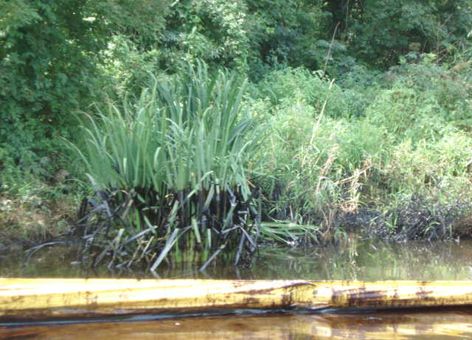Restoration Planning to Begin for 2010 Kalamazoo River Oil Spill
MARCH 2, 2012 — NOAA and other agencies acting as natural resource trustees are announcing their official notice of intent to conduct restoration planning to address the impacts from a 2010 oil spill into Talmadge Creek and the Kalamazoo River.
After a 30-inch diameter pipeline owned by Enbridge Energy failed, approximately 819,000 gallons of crude oil were released into a tributary creek of the Kalamazoo River in southern Michigan. Oil traveled approximately 40 miles down the Kalamazoo River.
The discharged oil injured aquatic organisms, birds, wildlife, and habitat, while also impacting recreational use of the river. NOAA along with other agencies will evaluate these environmental injuries to determine the amount of restoration needed as a part of the Natural Resource Damage Assessment process. This process is used by federal, state, and tribal governments to jointly seek compensation on behalf of the public for natural resources injured or destroyed when areas become contaminated with oil or other hazardous substances.
This includes identifying restoration projects that benefit the same or similar natural resources that were injured by the spill. During the process, the public will have multiple opportunities to comment on proposed restoration activities.
For a closer look at how NOAA scientists are investigating the environmental impacts of this oil spill, read a post on our Response and Restoration Blog.
 An official website of the United States government.
An official website of the United States government. 
